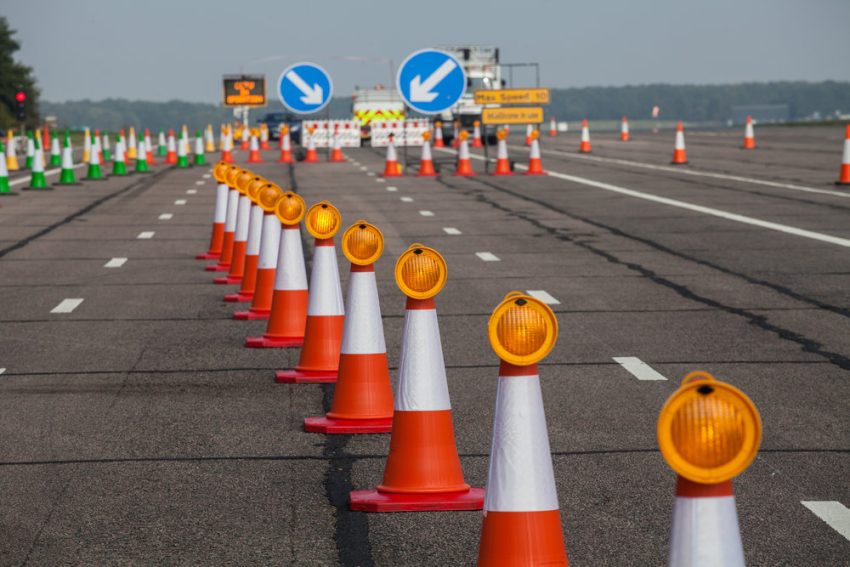A construction traffic management plan is a document that outlines how traffic will be managed and controlled during construction activities. The primary objectives of a construction traffic management plan are to minimize any disturbances, uphold the safety of both workers and the general public, and ensure a seamless traffic flow in and around the construction site. Here are some key considerations and elements that should be included in a construction traffic management plan:
Site Assessment:
Begin by conducting a thorough assessment of the construction site and its surroundings to identify potential traffic issues, such as nearby roads, intersections, pedestrian routes, and public transportation stops.
Traffic Impact Assessment:
Assess the possible influence of construction activities on the movement of traffic, considering factors such as expected traffic levels, peak periods, and any required road closures or alternative routes. Consider both vehicle and pedestrian traffic.
Stakeholder Engagement:
Recognize and establish communication with pertinent stakeholders, including local authorities, transportation departments, residents, businesses, and emergency services. Seek their input and inform them of the planned construction activities and any potential traffic disruptions.
Traffic Control Measures:
Determine the traffic control measures that will be implemented to minimize disruptions and maintain safety. This may include temporary traffic signs, barricades, traffic cones, flaggers, traffic lights, and road markings. Clearly specify the locations and timings for each measure.
Traffic Diversion and Detours:
If road closures or detours are necessary, provide detailed plans and alternative routes for motorists and pedestrians. Ensure that clear signage is in place to guide traffic and consider coordinating with local transportation authorities to communicate the changes effectively.
Work Zones:
Define the boundaries of work zones within the construction site and establish procedures for accessing and exiting these zones. Clearly mark the boundaries with appropriate signage and barriers to prevent unauthorized access.
Parking and Loading/Unloading Areas:
Identify designated parking areas for construction workers and contractors to minimize on-street parking. Determine suitable locations for loading and unloading materials and coordinate with suppliers to minimize disruptions to traffic flow.
Traffic Monitoring and Adjustments:
Establish a system for monitoring traffic conditions throughout the construction project. Regularly assess the effectiveness of the traffic management measures and make adjustments as needed to address any emerging issues.
Emergency Preparedness:
Create contingency plans to address emergency scenarios, such as accidents, fires, or medical emergencies.
Clearly communicate these plans to all workers and ensure that emergency services are familiar with the construction site layout.
Communication and Public Awareness:
Implement a comprehensive communication strategy to inform the public, residents, and businesses about the construction project and its potential impact on traffic. Utilize various channels, such as websites, social media, local newspapers, and signage, to provide regular updates and address any concerns.
Keep in mind that every construction project is distinct, requiring a customized traffic management plan that aligns with the specific demands and conditions of the site. Regular reviews and revisions of the plan may be necessary as the project progresses.

